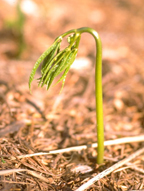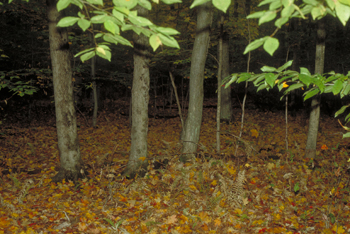Panax
Trivia
Historically both the Chinese and Native Americans have used ginseng to increase sexual performance.
Siberian ginseng is technically not a true ginseng. Eleutherococcus senticosus was renamed “Siberian Ginseng” as a marketing ploy.
Ginseng is also known as Ginnsuu in some reasons of Asia.
Eat your vegetables: ginseng is related to parsnips, celery and carrots.
Contact Us
info@ginseng.com
Welcome!
Welcome to ginseng.com. Your online resource for information and uses for ginseng. Keep checking back as we add more content and expand out the site.
History
Panax ginseng was first discovered in China over 5000 years ago in the mountains of Manchuria. It quickly became revered for its strength-giving and rejuvenating powers and its human shape became a powerful symbol of divine harmony on earth. By the third century AD. China's demand for ginseng created international trade in the root allowing Korea to obtain Chinese silk and medicine in exchange for wild ginseng. By the 1900s, the demand for ginseng outstripped the available wild supply and Korea began the commercial cultivation of ginseng which continues to this day.
Chinese Ginseng vs. American Ginseng

Asian ginseng (root)Panax ginseng
According to Traditional Chinese Medicine Panax Ginseng promotes Yang energy, improves circulation, increases blood supply, revitalizes and aids recovery from weakness after illness, and stimulates the body.
American ginseng (root) P. quinquefolius
According to Traditional Chinese Medicine, American Ginseng promotes Yin energy, cleans excess Yang in the body, and calms the body. Most North American ginseng is produced in the Canadian provinces of Ontario and British Columbia and the American state of Wisconsin.
The two main components of ginseng are in different proportions in the Asian and American varieties, and may well be the cause of the excitatory versus tonic natures.


Wild or Cultivated
Wild ginseng grows naturally and is harvested from wherever it is found to be growing. Wild ginseng is relatively rare and increasingly endangered. This is due in large part to high demand for the product, which has led to the wild plants being sought out and harvested faster than new ones can grow. Ginseng roots require years to reach maturity. Wild ginseng can be either Asian or American. There are woods-grown American ginseng programs in Maine, Tennessee, Virginia, North Carolina and West Virginia and United Plant Savers has been encouraging the woods planting of ginseng both to restore natural habitats and to remove pressure from any remaining wild ginseng, and they offer both advice and sources of rootlets. Woods grown plants have comparable value to wild grown ginseng of similar age.
Health
Both American ginseng (Panax quinquefolius) and Asian ginseng (Panax ginseng) roots are taken orally as adaptogens, aphrodisiacs, nourishing stimulants and have even been used in the treatment of type II diabetes, as well as Sexual dysfunction in men. Both Asian and American forms of ginseng enhance libido and copulatory performance. These effects of ginseng may not be due to changes in hormone secretion, but to direct effects of ginseng, or its ginsenoside components, on the central nervous system and gonadal tissues. In men, ginsenosides can facilitate penile erection.
Side effects
One of Panax Ginseng's most common side-effects is the inability to sleep. However, other sources state that ginseng causes no sleep difficulties. Other side-effects can include nausea, diarrhea, headaches, epistaxis, high blood pressure, low blood pressure, and mastalgia. Ginseng may also lead to induction of mania in depressed patients who mix it with antidepressants


